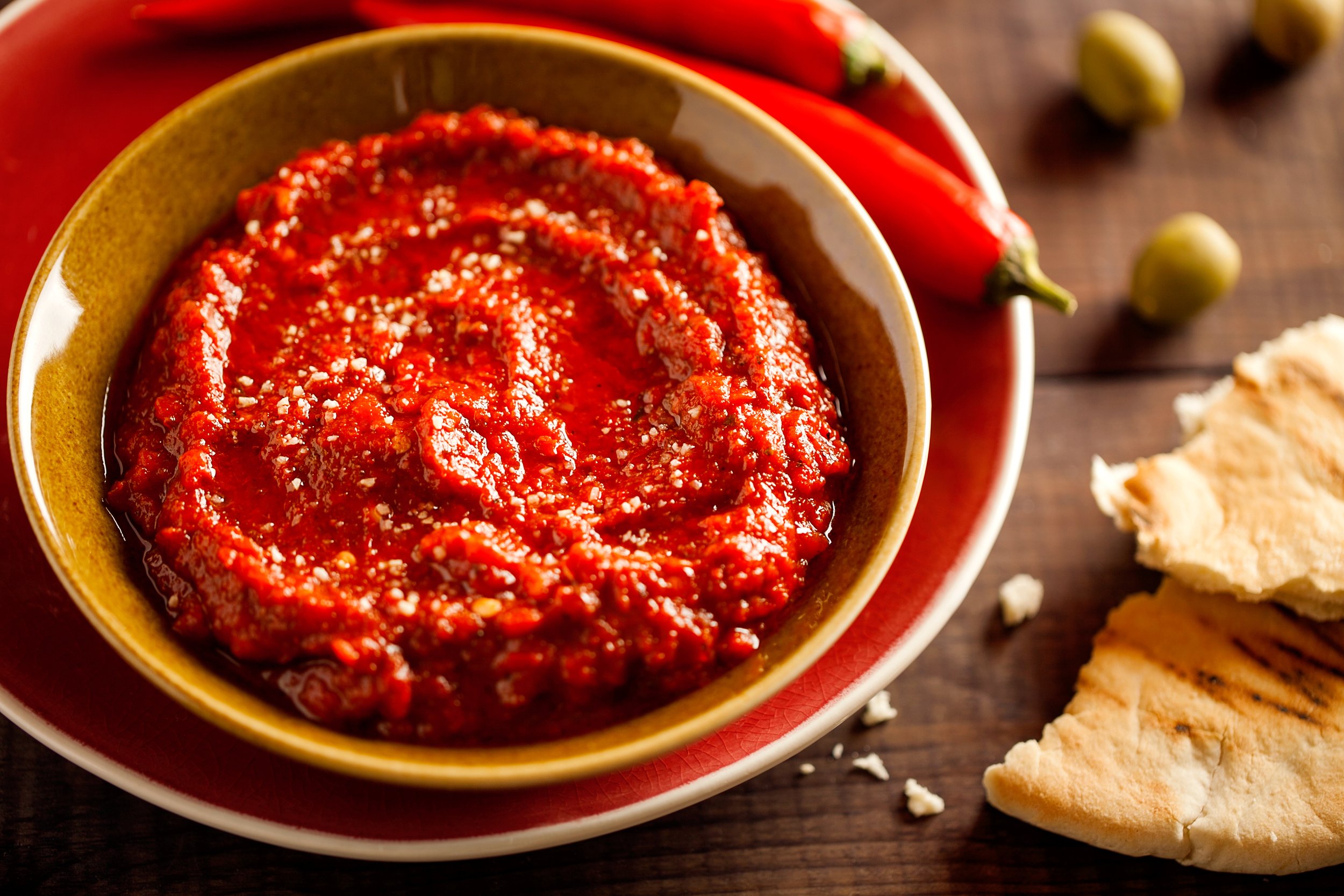
One of the most distinctive features of Tunisian cuisine is its generous use of spices, many of which have been traded along the ancient Spice Routes. In this article, we will embark on a journey to discover the aromatic world of Tunisian spices, focusing on three of its most iconic seasonings: harissa, cumin, and caraway. ### Harissa: The Queen of Tunisian Spices Harissa is a fiery chili paste that is an essential component of Tunisian cuisine. It is made from a blend of red chilies, garlic, coriander, caraway, and olive oil, which are ground together to form a thick, reddish paste. The recipe for harissa can vary from region to region and family to family, with some preferring a milder version while others opt for a fiery hot one. Harissa is believed to have originated from the Amazigh (Berber) communities of Tunisia, who have been using chili peppers as a spice for centuries. In the 16th century, the Ottoman Turks introduced new varieties of chili peppers to the region, which were subsequently incorporated into the harissa recipe. Today, harissa is used as a condiment, a marinade, and a seasoning, giving a spicy kick to a wide variety of dishes.
### Cumin: The Ancient Spice of Tunisia Cumin is another essential spice in Tunisian cuisine, with a long and storied history. It is believed to have originated in the eastern Mediterranean region and was cultivated by ancient civilizations, including the Egyptians, Greeks, and Romans. Cumin was highly prized for its aromatic and medicinal properties, and was often used as a preservative, a seasoning, and a currency for trade. In Tunisia, cumin is used to flavor a variety of dishes, from stews and soups to couscous and bread. It has a warm, earthy flavor with a hint of citrus, making it an ideal companion for spicy harissa. Tunisian cumin is known for its high quality and strong flavor, due to the country's unique climate and soil conditions.
### Caraway: The Aromatic Spice of Tunisia Caraway is a lesser-known spice in Tunisian cuisine, but it plays an important role in the country's culinary heritage. It is a member of the parsley family and is native to the Mediterranean region. Caraway seeds have a pungent, anise-like flavor with a hint of sweetness, which makes them a versatile spice in Tunisian cooking. In Tunisia, caraway is used to flavor a variety of dishes, from stews and soups to bread and pastries. It is often combined with cumin and coriander to create a flavorful spice blend, which is used to season meat, fish, and vegetables. Caraway seeds are also used in Tunisian pastries, such as "maakouda" and "baklava", giving them a distinctive aroma and flavor.
FAQ ---
Harissa is believed to have originated from the Amazigh (Berber) communities of Tunisia and was traditionally made from a blend of red chilies, garlic, coriander, caraway, and olive oil.
Cumin is used in Tunisian cuisine to flavor a variety of dishes, including stews, soups, couscous, and bread. It has a warm, earthy flavor with a hint of citrus and is often used in combination with other spices, such as coriander and caraway.
Caraway is a lesser-known spice in Tunisian cuisine, but it plays an important role in the country's culinary heritage. It is used to flavor a variety of dishes, from stews and soups to bread and pastries. It has a pungent, anise-like flavor and is often combined with cumin and coriander to create a flavorful spice blend.